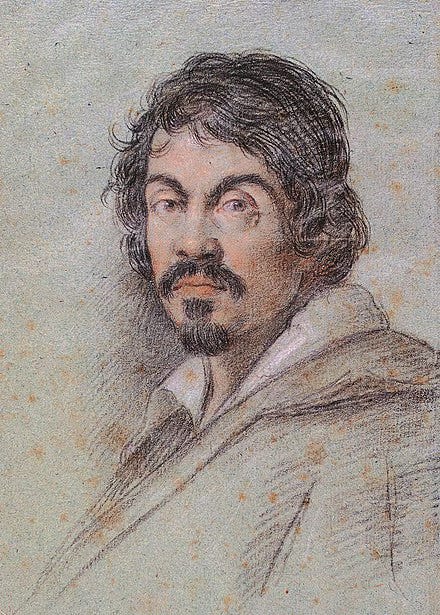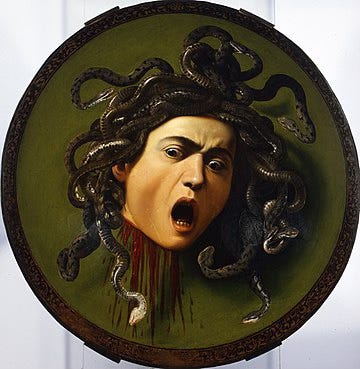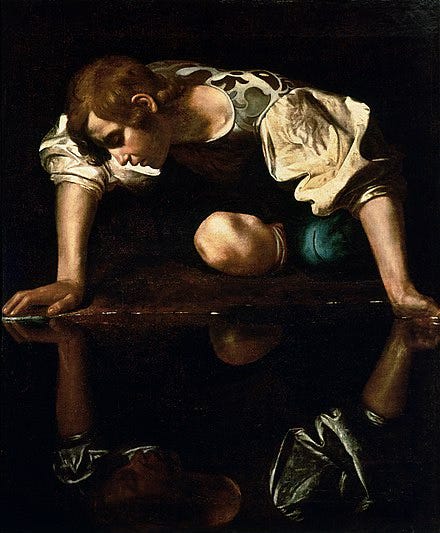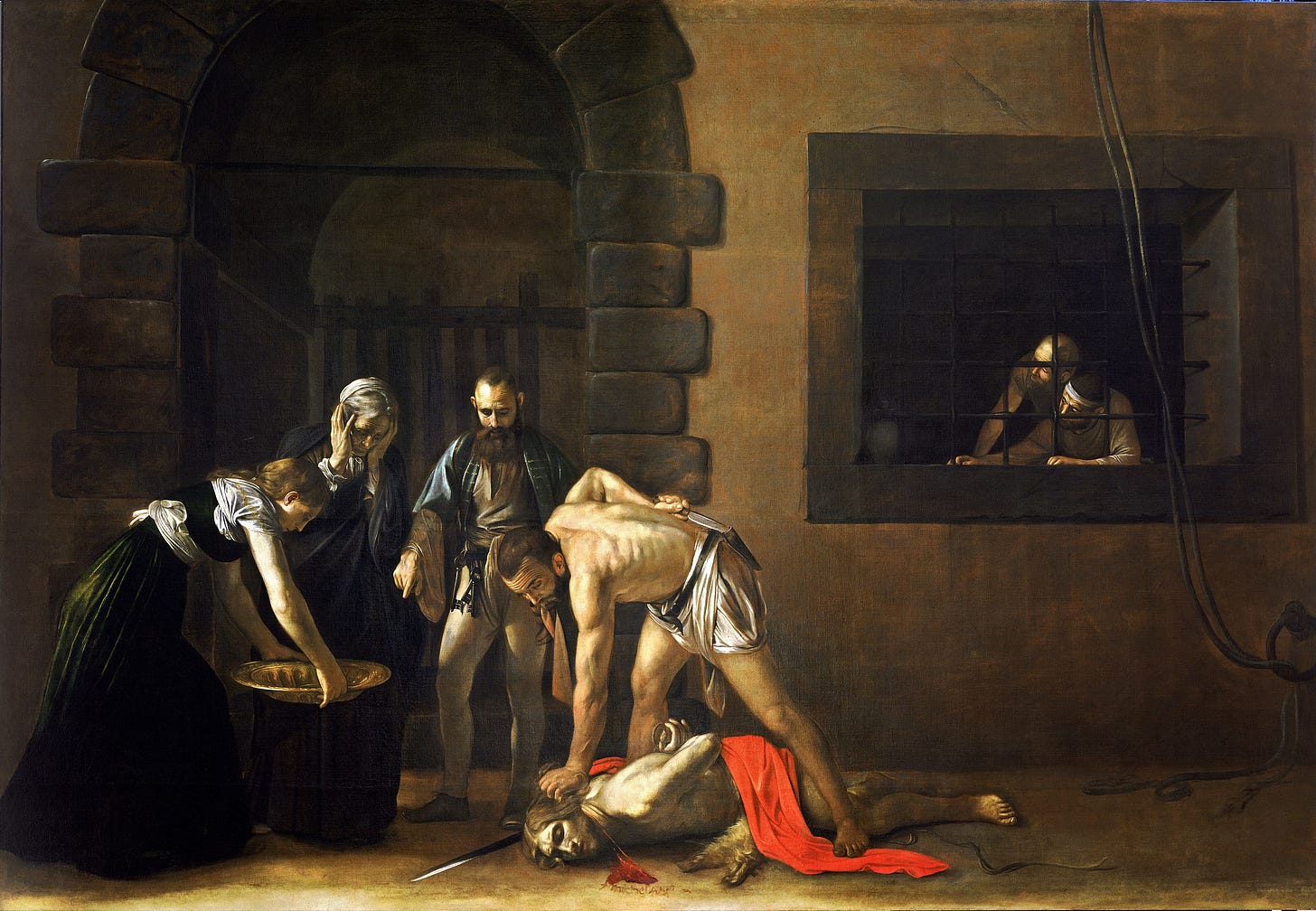Can you separate art from artist? It is a question that haunts and cannot be ignored, especially in an era of cancel culture. It looms especially large over the work of Caravaggio, one of the greatest painters of all time, and the artist my family has been studying this term. His art is famous around the world; powerful, dynamic, and bold. Who of us hasn’t thought of his vivid painting of Thomas when reading that passage of scripture?
And yet, his life was a whirlwind of danger and depravity. He got into fights and duels, was chased from town to town by his enemies, slept with his models, attacked and was attacked and died miserably. There is an excellent article about his life entitled Thug: A Life of Caravaggio in Sixty-Nine Paragraphs by Stephen Akey, and it includes this telling paragraph:
“It was and had been for some time a double life — on the one hand, conversing with intellectuals and cultured aristocrats in Palazzo Madama, on the other hand, swaggering around the streets with a crew of like-minded hotheads. “When he’s worked for a fortnight,” wrote his contemporary van Mander, “he goes out for a couple of months with his rapier at his side and a servant behind him, moving from one tennis court to another and always looking for fights or arguments, so he’s impossible to get on with.”
The whole article is a fascinating summary of his life, one from which you may want to turn away but that you can’t draw your eyes from. Read it, and get an idea of this mad genius behind the paintings. But then what? What about the paintings? Are they worse for it?
The modern notion of art is art as self expression. Art in modernity is so tied to the artist that novels are often studied by first studying the authors’ life and what it can teach us about the book, songs are usually written about a musician’s own specific life and experiences, and paintings are made to show an artist’s subjective feelings in the hopes of influencing yours. Perhaps this is why, today, we struggle to separate the two.
But it hasn’t always been like this. Prior to the enlightenment, the arts were thought of as a craft that pointed to something outside of the self. Even today, the art that is best transcends the artist that created it and points beyond to something bigger. Caravaggio’s art certainly does this.
Caravaggio’s art takes the stuff of his life, even the gritty and gruesome, and uses it to point beyond himself to Truth. Akey writes, “Caravaggio’s way of dealing with Counter Reformation orthodoxy was to ignore the limp piety and enforced bigotry and to focus instead on the life experiences of humble believers. If he had to throw in an angel or two, that angel would be equipped with dingy, oversized pigeon wings. Almost all his miracles, epiphanies, and crucifixions took place in the workaday world of taverns, sparsely furnished rooms, and darkened, nondescript interiors.” He brought the world of Jesus and the saints closer to the average believer in his paintings. He brought their stories powerfully to life in a way that only the greatest artists can.
The life of Caravaggio belongs to the stuff of gritty action movies. He is not the kind of artist of whom one can read a cheery biography to children. And yet, his art speaks powerful to all of us, even children. My children love his art, and have loved studying it for the past twelve weeks. We are thankful that we get to enjoy the fruits of his work and talent and mad genius, for which he paid a great price.
I encourage you, again, to read this excellent article to learn more about his life, and then spend some time looking at his many excellent paintings.










